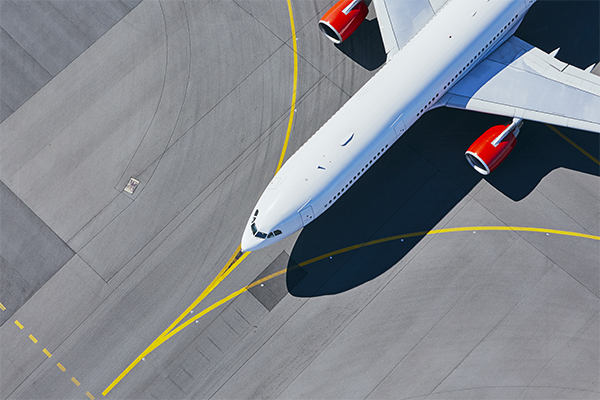AI-based Cost Benefit in Safety
Boosting Aviation Safety Investment Analysis with AI
Challenge

Aviation safety poses significant technical and economic challenges for stakeholders. On the technical front, key concerns are represented by the integration of advanced technologies like drones and autonomous systems, cybersecurity, modernizing air traffic management, addressing human factors, and ensuring safe aircraft design and maintenance.
Economically, the cost of safety enhancements, global harmonization of safety standards, profitability pressures, insurance and liability expenses, and the need to upgrade aging infrastructure are primary challenges. Balancing safety and economic viability while adapting to the evolving aviation landscape remains a critical objective for the industry.
RINA solution
Leveraging on RINA know-how in the aviation sector, and combining tech expertise in modelling risks, cost and data science, RINA developed a web-based decision support system empowered by state-of-the-art AI techniques to identify multi-level stakeholder needs, assess risks, and evaluate associated costs in the implementation of aviation safety measures.
The objective was to enhance aviation safety by developing a novel approach leveraging on Cost Benefit Analysis. This approach aimed to enable various aviation stakeholders, including EASA, civil aviation authorities, airlines, airports, air traffic control, and manufacturers, to understand and effectively manage the level of risk reduction associated with implementing a safety measure; prioritize safety investments when faced with multiple feasible options; to maximize safety within the constraints of available budgets and to justify safety investments based on cost considerations.
The solution is comprehensive of the view of all aviation stakeholders, including Policy Makers, Regulators, and Industry in assisting users in identifying risk model parameters and event sequence diagrams related to the safety measure under analysis. It offers default data that can be modified as needed. By performing scenario analysis, it provides a "favourable/not favourable" evaluation of the safety measure. The solution also allows users to limit the project flow to a specific perspective, change supplied data to match their reality, and visualize event sequences and their impacts. The system generates a working report enabling users to perform risk and cost calculations, and by considering any input data changes to automatically update event probabilities, cost computations, and safety measure evaluations.
Benefit for the stakeholders
RINA solution focused on creating a framework to assist aviation stakeholders in developing their own safety management systems. This framework not only facilitates cost-benefit analysis of safety measures but also provides a means for stakeholders to establish their target safety levels and measure their current levels. Moreover, the framework supports stakeholders in identifying the most effective approaches to transition from the current safety level to the desired level and assesses their feasibility.
This innovative safety approach is also suitable to other industrial sectors, particularly in transportation (e.g., railways, maritime). Consequently, it offers an excellent opportunity for benchmarking and comparing different safety measures and potentially optimizing safety across the entire transportation industry.